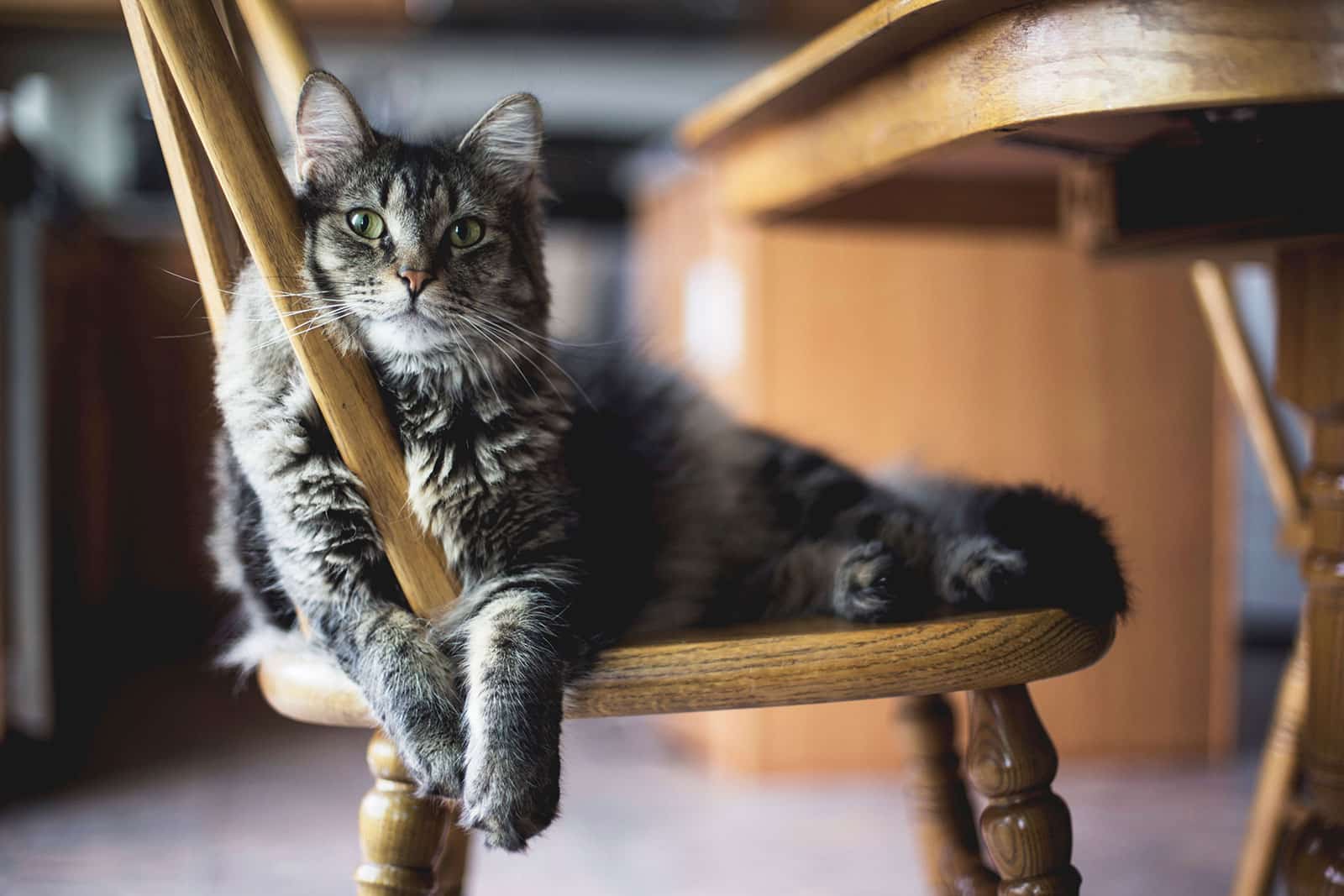What breeds of cat are prone to osteoarthritis?

Osteoarthritis in cats is surprisingly common and several factors, including genetics, play a role in the likelihood of your cat developing the degenerative joint disease.
It is estimated that 61% of cats over the age of six have feline arthritis and this increases to 90% when cats reach 12 and older! While every cat is at risk of the disease, certain breeds of cat are prone to feline arthritis.
In this article, we tell you which cat breeds are at increased risk of feline arthritis and how osteoarthritis in cats can be managed and most importantly, prevented.
Genetics and Feline Arthritis
Genetics are involved in the development of feline arthritis for one important reason: certain breeds are predisposed to joint and cartilage issues. This issue isn’t unique in cats, it also occurs in dogs, with larger dog breeds being most at risk.
So, which cat breeds are prone to feline arthritis? The list includes:
- Himalayan
- Persian
- Siamese
- Main Coons
- Devon Rex
- Abyssinian
- Scottish Folds
If you own one of these cat breeds, you may be wondering what specific joint and cartilage issues should you lookout for? That’s a good question!
Purebred cats tend to have a higher incidence of hip dysplasia and other common diseases of the hip joint. The rates are highest in the purebred breeds Himalayan, Persian, Siamese, Main Coons, Devon Rex, and Abyssinian.
Additionally, Devon Rex and Abyssinian cats are more likely to have dislocation of the kneecap, a condition called patella luxation. While Scottish Folds typically have abnormal cartilage, which can result in severe arthritis in multiple joints.
Osteoarthritis in Cats
While certain breeds of cat are prone to feline arthritis, the statistics show that all cats are vulnerable, regardless of their breed.
Feline arthritis is a chronic joint disease involving the inflammation and degeneration of one or more joints. In cats, osteoarthritis most commonly occurs in the shoulders, hips, elbows, knees and ankles.
Sadly, feline arthritis is an incurable condition, which can increase in pain and severity over time, making management and prevention, your cat’s best options.
Managing Feline Arthritis
Age and obesity are implicated in feline arthritis. While you cannot reverse your cat’s age, you can immediately take steps to ensure they’re receiving the appropriate quality and quantity of nutrition by speaking with your veterinarian.
In addition to weight control, encouraging regular physical activity helps to maintain healthy joints, cartilage, and the supporting muscles.
If your cat has feline arthritis, consider adapting your home environment for their comfort. Ensure their bed, litter tray, food and water bowls are easily accessible. Ramps will help them to navigate stairs and reach their favourite spots at height.
Preventing Feline Arthritis
The earlier you intervene, the better the outlook for your cat. Even though feline arthritis is common, the joint condition can be largely prevented, and its progression slowed, with the right choice of joint supplement.
Talk to your vet today about 4CYTE™ Epiitalis® Forte Cat!